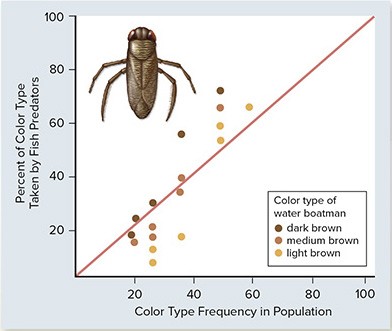In mitosis, if a parent cell has 12
chromosomes, each daughter cell will have
how many chromosomes?
a. 48
b. 24
c. 12
d. 6
e. 3
C
You might also like to view...
Why is a secondary immune response stronger?
A) Body cells are primed to produce antibodies against the pathogen. B) Antibodies produced during the primary response are still present circulating in the blood. C) Body cells develop resistance to the pathogen. D) Effector cells produced during the primary response are still present circulating in the blood. E) Exposure to a previously encountered antigen gives rise not only to effector cells but also to clones of long-lived memory T cells and memory B cells.
If two species are able to mate and produce an offspring which can mate with itself, but is unable to mate with either parent's species, it is an example of
A. a species cluster. B. sympatric speciation via polyploidy. C. character displacement. D. allopatric speciation. E. sympatric speciation via disruptive selection.
 The percentage of different colored water boatmen (an aquatic insect) eaten by fish were graphed relative to the frequency of that color in different populations. Based on the graph, what conclusion can you draw?
The percentage of different colored water boatmen (an aquatic insect) eaten by fish were graphed relative to the frequency of that color in different populations. Based on the graph, what conclusion can you draw?
A. Rare phenotypes will survive better due to positive-frequency selection. B. Common phenotypes will survive better due to negative-frequency selection. C. Common phenotypes will survive better due to positive-frequency selection. D. Rare phenotypes will survive better due to negative-frequency selection.
You are breeding different varieties of roses in your garden. When you cross a true-breeding yellow "Texas Beauty" rose with a true-breeding "Ruby" red rose, you get all red roses. But when you cross a "Texas Beauty" yellow with the yellow variety "Jealousy," you get a 9:7 ratio of red to yellow flowers! What can you conclude from these results?
A. There is no recessive allele for the red pigment gene. B. There is a mutation in the gene for yellow pigment in the "Jealousy" variety. C. The environment, and not genes, influences pigment in these rose varieties. D. There are epistatic interactions between at least two genes for rose pigment. E. The red allele is dominant to the yellow allele.